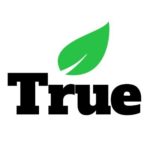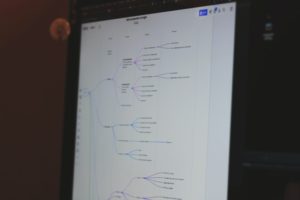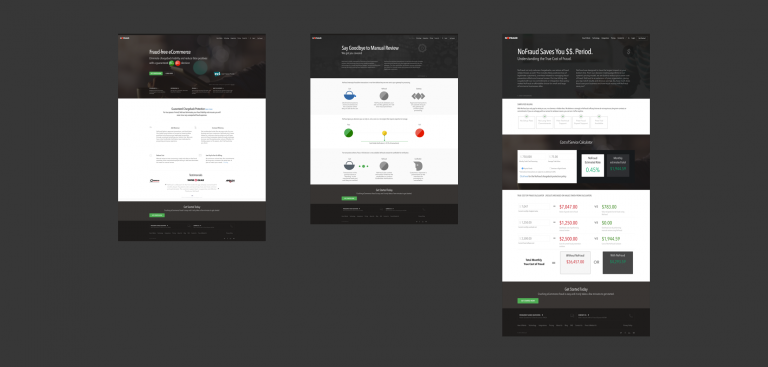The rapid digitization of the media industry does not merely address the immediate needs posed by the market, but also anticipates the constantly changing consumer behavior and rising expectations of an increasingly digital customer. The World Economic Forum points to a growing middle class, urbanization, the advent of tech savvy millennials demanding instantaneous access to content on a variety of platforms, and an aging world population that is invariably accompanied by the need for services designed for an older audience as the most pronounced demographic factors that are currently contributing to the reshaping of the media landscape. The expanding list of accommodations that customers are coming to expect from the media industry more or less fall within the realms of the accessibility and personalization of content.
The Path to Digital Transformation
Average weekday newspaper circulation has been on a steady decline, falling another 7% in 2015 according to the most recent Pew Research Center report. This inevitable dwindling of interest in print publications could be ascribed to the rising demand for media companies to adopt a multi-channel strategy that enables the audience to access content across different platforms. Companies remedy their absence of a formidable digital presence in a variety of ways. One of the most common resolutions that companies have resorted to involve redesigning their business model by bundling print subscriptions with mobile device access, a measure enacted to address the 78% of consumers who view news content on mobile browsers. A more radical approach could be opting for a complete digital transformation, a decision reached by The Independent earlier this year when it became the “first national newspaper title to move to a digital-only future.” The appeal of having information become readily available on any screen of the customer’s choosing is magnified by the expectation of uniformity and equally accessible and engaging user interfaces across all devices. Of course, convenience to the customer does not only rely on their ability to access content on the platform of their choice, but also at any point they desire, hence the focus on establishing quick response times and flexibility of content availability.
Another expectation that consumers have come to harbor aside from unhindered access to content: the minimization, if not the complete elimination of superfluous information. According to the 2016 Digital News Report by the Reuters Institute, news organizations, such as the BBC and the New York Times, are striving to provide more personalized news on their websites and applications. In some cases, people are offered information and clips on topics in which they have indicated an interest. Additionally, companies are also employing a means of developing “auto-generated recommendations based in part on the content they have used in the past.” Transcending written material, streaming platforms like Pandora and Netflix utilize Big Data in order to analyze and discern the characteristics and qualities of an individual’s preferences, thus feeding information into a database that then determines content using predictive analytics that the individual would be predisposed to enjoying. In previous blog posts, we have divulged the value of understanding Big Data, emphasizing how execution based on the insight gleaned from Big Data could be as crucial to a company’s profitability as the insight itself. As evidenced by this growing practice of collecting consumer data in order to cultivate personalized content for consumers, it is obvious that the media industry has not been remiss in its observation of the discernible success that data-driven companies boast relative to competitors that are not as reliant on data. Finally, perhaps as equally satisfying as being able to browse through personalized, recommended content based on one’s past likes and preferences is the exclusion of repetitive content, as informed by one’s viewing history.
Media companies embrace their ascent into digital space in a plethora of ways. Some elect for a complete digital transformation, conducting a substantial part if not all of their business within browsers and applications rather than in print. There are also those that focus on enhancing the customer experience by maintaining contact with consumers through all touch points and following them from device to device, all the while gathering data to be used in optimizing the content provided. Another means through which media companies are realizing their full digital potential is through the digitizing of their processes and operations. These businesses are initiating a shift towards digital products; a decision that is both cost-effective (cutting costs up to 90% on information-intensive processes) and can bolster the efficacy of one’s data mining efforts. Warner Bros was one of the first in the industry to transform the ways of storing and sharing content into a singled, totally integrated digital operation that began with Media Asset Retrieval System (MARS). This innovative digital asset management system ushered in a transformation that effectively lowered Warner Bros’ distribution and management costs by 85%.
A Glimpse into the Future
So what’s next in this journey to digital conversion? According to the International News Media Association (INMA), all roads lead to the Internet of Things (IoT). By 2018, the Business Insider Intelligence asserts that more than 18 billion devices will be connected to the Web. The progression into this new era of tech where information can be harvested from the physical world itself will not go unobserved by the media industry. Media companies are tasked with having to evolve beyond the screen.
Mitch Joel, President of Mirium Agency, writes:
“Transient media moments does not equal a strong and profound place to deliver an advertising message… the past century may have been about maximizing space and repetition to drive brand awareness, but the next half century could well be about advertising taking on a smaller position in the expanding marketing sphere as brands create loyalty not through impressions but by creating tools, applications, physical devices, true utility, and more robust loyalty extensions that makes them more valuable in a consumer’s life.”
Big Data anchors the efforts into the Digital Age and the IoT will provide new, vital networks of information to fortify this crusade.
Contact our team to learn more about how True Interaction can develop game-changing platforms that cut waste and redundancy as well as boost margins for your media company.







